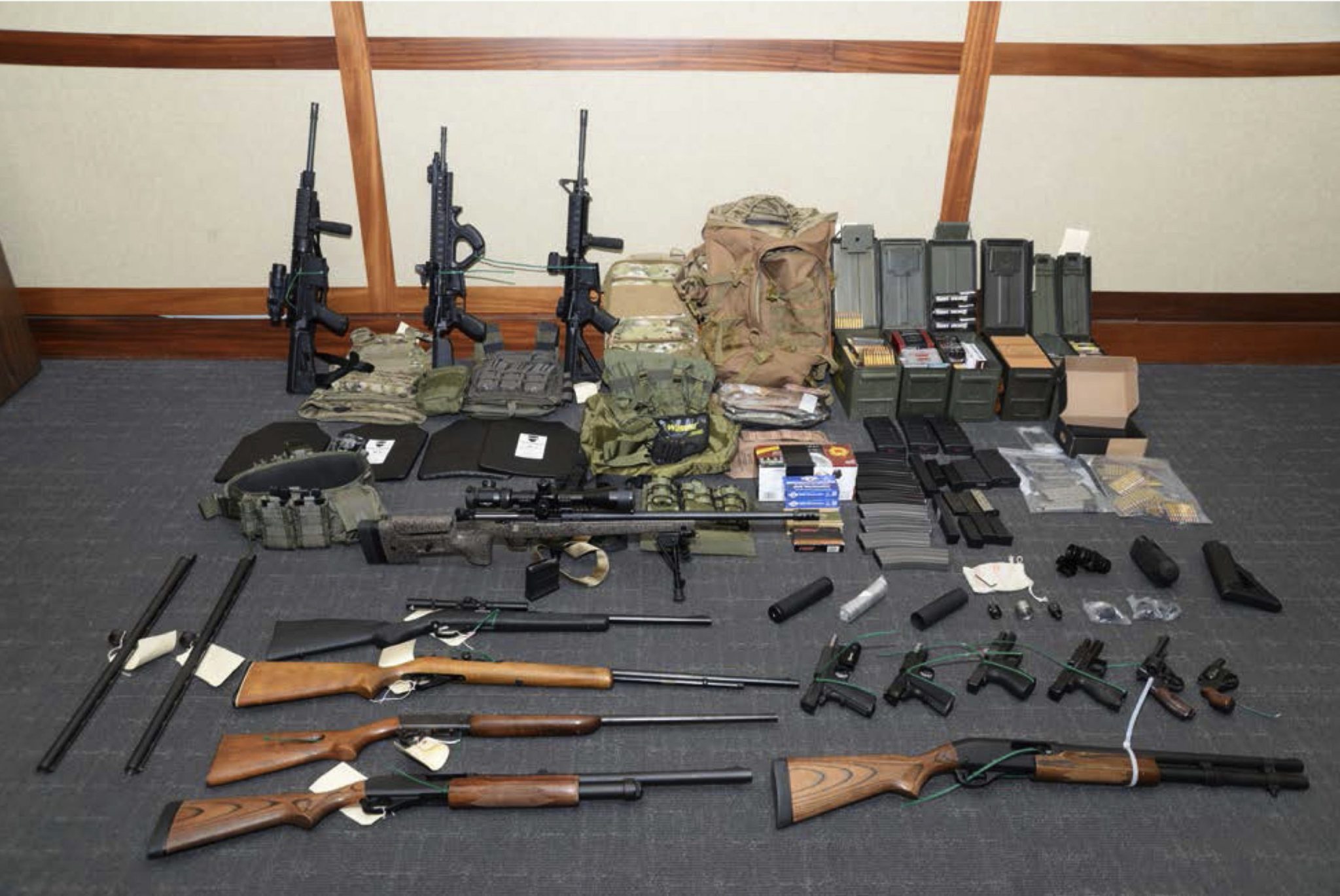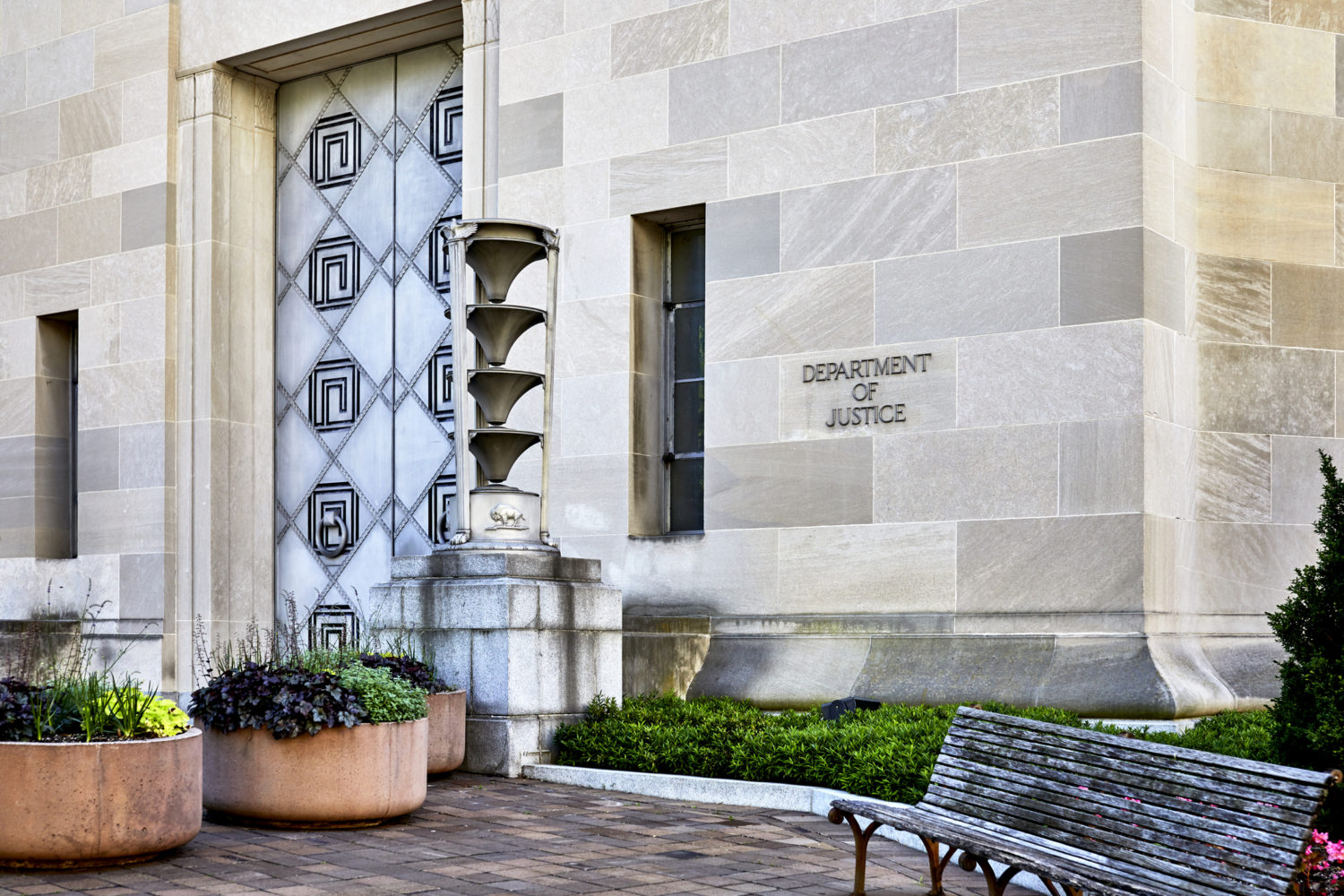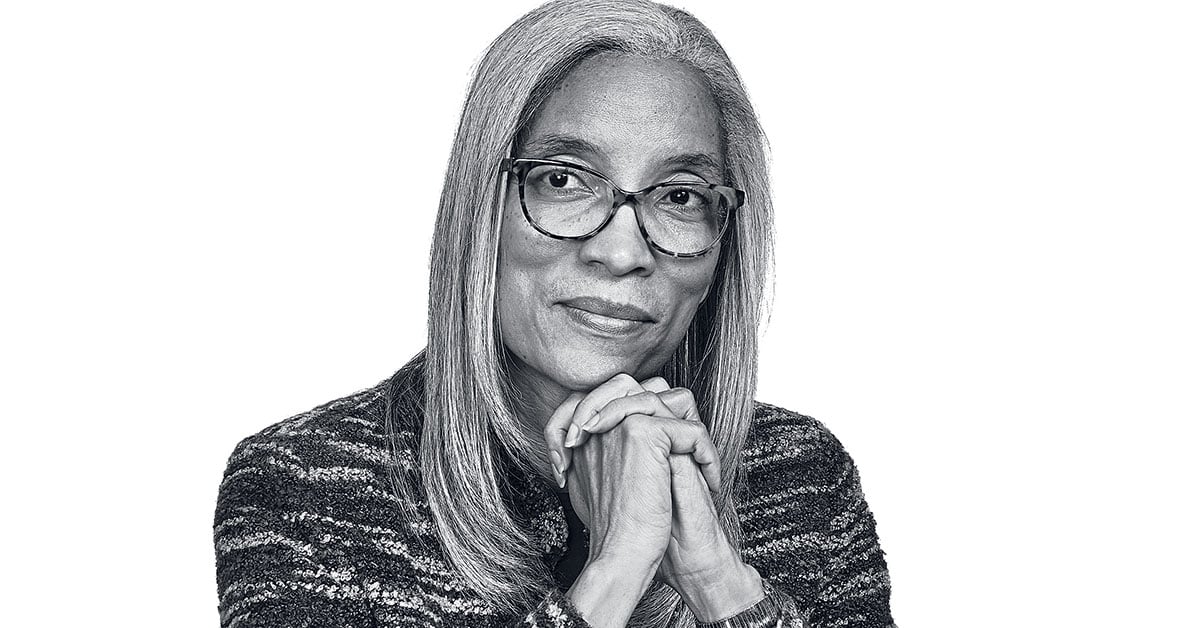In the interior world of Christopher Hasson’s private imagination, he would probably have been a household name by now. Hasson, who is a lieutenant in the Coast Guard, 49 and white, allegedly proclaimed allegiance to white nationalism in the fall of 2017; he then allegedly spent months accumulating weapons and ammunition in his home in Langley Park, Maryland, where, according to charges brought by federal prosecutors, he had begun the early stages of planning a mass murder “on a scale rarely seen” in this country—an augury that, given the growing scale of such events in the U.S., might give us considered pause. Hasson allegedly studied the techniques of the Unabomber, the Virginia Tech gunman, and Anders Breivik, a white nationalist who carried out mass-murder in Norway. Hasson has pleaded not guilty.
Law enforcement appear to have intervened in the early stages of Hasson’s plans. Even so, he is alleged to have given serious thought as to who might become his targets, searching for the home addresses of liberal Supreme Court justices, and allegedly naming media figures, such as Don Lemon, and elected representatives, including Senator Corey Booker and Congresswoman Alexandria Ocasio-Cortez. As one U.S. Attorney explained at a hearing in a Maryland courtroom, “The sheer number and force of the weapons that were recovered from Mr. Hasson’s residence in this case, coupled with the disturbing nature of his writings, appear to reflect a very significant threat to the safety of our community.”
The charging statement makes clear what prosecutors thought, appropriately, should happen next: “He must be detained” before the start of his trial.
And yet, Hasson is poised to be released: Shortly before 3:00 p.m. today, a federal judge ordered his release on bail, pending further discussion about how Hasson might be monitored in the open before trial. The courtroom proceedings mirrored those of an earlier pretrial detention hearing in February. There, Magistrate Judge Charles Day expressed “grave concerns” from the bench about the threat that Hasson clearly posed. Even so, Day suggested that his tied his hands were tied: because federal prosecutors had arrested Hasson on charges of drug and weapons possession—and not a more serious charge, like one relating to terrorism—Day was inclined to follow the typical procedure, in which Hasson would be released on bail, albeit with “a whole lot of supervision.” Day ordered Hasson’s defense attorney to work up a suitable way that Hasson could be released, such as living in the care of his father-in-law, and without access to the Internet or firearms. He would also be forced to wear a GPS bracelet on his ankle while inside the home.
The reason for Hasson’s imminent release says much about the legal double standard, long held in the United States, in prosecuting crimes and cases of terrorism. This has led some commentators to proclaim that there is “no law” against domestic terrorism; but that is not quite true. In the aftermath of September 11, the U.S. government essentially reinvented federal law enforcement to detect and disrupt cells of individuals planning similar attacks or, failing that, expressing sympathies to those who do. The areas of federal law that pertain to these crimes—specifically, 2339A and 2339B—describe a fact-pattern in which defendants provide “material support” to terrorists. In section B, the focus is on “foreign terrorist organizations”—a designation that is defined by the State Department’s list of Foreign Terrorist Organizations. Section A, however, is more muted: domestic terrorism isn’t mentioned in the text of the statute, much less defined. Section A’s use likens to that of a verb: It defines what constitutes material support to terrorists, not terrorists themselves, while Section B lists the object to which that verb applies—foreign terrorist groups.
While it’s possible to bring charges on Section A, the occurrence is rare. “It speaks to the weakness of domestic terrorism charges,” Seamus Hughes, a researcher at the Program on Extremism at George Washington University, told me. “It’s relatively easy to charge someone with material support for terrorism if it’s ISIS. It’s not easy to charge them for material support to White Supremacy, because there’s not a designated terrorist list there.” For that, Hughes posited, we might imagine a Section C—one that would complement a list of foreign terrorists with a list of domestic terrorist groups. But such a section does not exist. “As such,” Hughes said, “you can’t provide material support for organizations that aren’t designated. I mean, you can, but it’s very difficult.”
“Normally it works out,” Hughes went on, with most cases “charged either for drug charges, or anything that will stick that’s not terrorism.” But in Hassan’s case, that logic failed. “If you get someone for jaywalking and you know he’s a white supremacist, you’re not going to be able to hold him for jaywalking.”
The issue is growing on the radar of law enforcement leaders. The FBI Agents Association has called for “amending the United States Code to include a penalty for domestic terrorism regardless of target or weapon,” which likely would have ensnared Hasson. Tomorrow, the House Committee on Homeland Security will hold a hearing on the rise of domestic terrorism, where principals from the FBI, Department of Homeland Security and Department of Justice are expected to testify.
Although the FBI has not taken a formal stance on the issue, an FBI spokesperson pointed Washingtonian to comments made last month by Christopher Wray, the bureau’s director, at a meeting with the Council on Foreign Relations last month. Andy Sullivan, a reporter from Reuters, asked Wray about the double-standard in federal law. “Do you need more tools from Congress?” asked Sullivan. “The Coast Guard guy might go free today.”
Wray responded that while the FBI “always like[s] having more tools,” there was also much that “distinguishes the international terrorisms arena from the domestic terrorism one.” Instead of taking orders from “ISIS or al-Qaida or al-Shabaab or Hezbollah,” he continued, white nationalism often involves more “lone actors,” for whom such plots are “much more uncoordinated, decentralized.” Even as he noted that the FBI made more arrests for domestic terrorism than international cases in the past year—suggesting the problem cries out for a solution—Wray concluded by noting that “it’s not really clear to me that you would be able to designate, for example, domestic terrorism organizations and really move the needle much.”
Wray seemed to suggest that even under a domestic terrorism watch-list, characters like Hasson still might not be on it. But fuzziness is inherent to any such designations; Omar Mateen, the Pulse nightclub shooter, kicked off a debate about the meaning and nature of terrorist acts when Mateen pledged allegiance to ISIS before the massacre. Later, it was found Mateen didn’t coordinate directly with the organization. Was Mateen an agent of ISIS? Could he have been stopped beforehand for providing material support to a terrorist group? Hasson, according to the charges, wrote a letter to a “known American neo-Nazi leader” claiming to “fully support the idea of a white homeland” and calling for “focused violence.”
In Wray’s assessment, such approbation could rise to the level of formal designation, or it might not. But the debate misses the point entirely, as the country’s dilemma is more immediate. The debate about Mateen’s sympathies elides an obvious point of consensus—that ISIS is a group to be dismantled and defeated. In the United States, no such consensus exists, or if it does, it’s tenuous at best—not when the President claims there are good people “on both sides” of a white supremacist rally. By pointing to the but-what-if inevitabilities of a domestic designation—a discussion the country hardly ever countenances in the context of foreign terrorist groups, even when their goals (like assassinating several presidential candidates) appear identical to Hasson’s—Wray inadvertently has contributed to the same muddling.
At issue, then, is who we choose in our society to label terrorists—as much a cultural hurdle as a legal one. Under the law, Hasson is not an alleged terrorist—a fact which Hasson’s attorneys were eager to emphasize. One attorney described the facts of the case with an assertive sangfroid that hammered home the utility for white supremacists to be seen as regulars in the neighborhood. According to the New York Times, Hasson’s defense attorney described Hasson as “a loving husband and father with no criminal record and 28 years of military service,” adding that the number of weapons recovered in Hassan’s basement—15 were found—were “modest at best” in a country with an estimated 363 million guns. Absent a designation otherwise, she is not wrong.
Cultural priorities have a tendency to manifest themselves in the legal scaffolding. In 2009, a little-known division inside the Department of Homeland Security, called the Extremism and Radicalization Branch, issued an ominous report: “Right-wing Extremism: Current Economic and Political Climate Fueling Resurgence in Radicalization and Recruitment.” The authors warned that veterans of the military branches posed a particularly ripe target for recruitment among extremist groups, including white nationalism.
Instead of a moral reckoning, the report provoked the outrage of conservatives and veterans groups. The DHS division was shut down in 2009. Since that time, the number of such attacks has increased exponentially, a number that doesn’t account for plots foiled—like Hassan’s—in their early stages that fit the profile of allegiance to domestic terrorist groups. “If the unit was still functioning today, we would definitely be on top of what’s going on—issuing a threat advisory, talking to law enforcement about how there’s a new emergence of violent groups,” Daryl Johnson, the unit’s former chief, told me in 2016.
Hughes, the extremism researcher, suggested the domestic designation was a matter of nerve as well as linguistics. “It would be a political third rail,” Hughes said. Still, the issue has several considerations, especially in the area of civil liberties. (One need only imagine what Donald Trump might do with the power to designate anyone he deems a domestic terrorism threat.) “I’m not sure where I fall on this, other than to say, we haven’t had a debate about it,” said Hughes. He pointed to the UK, which recently designated a domestic organization as a terrorist group. “There are things on which we can at least kick the tires a bit and see it makes sense here,” Hughes continued. “But that’s the nature of policy debates. We should have an honest discussion on whether it makes sense, or whether we’re happy with the status quo.”
“The takeaway here is that we treat the way we address ISIS or al-Qaeda inspired terrorism differently than we would for white supremacy,” Hughes said of Hasson. “The results are cases like this.”


















